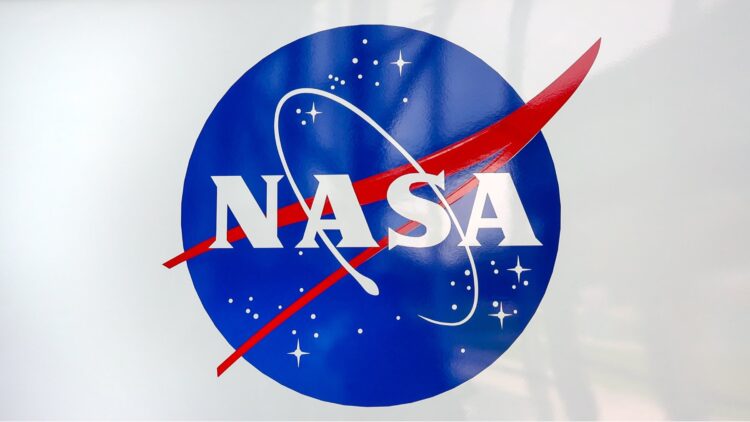For over three decades, NASA’s Stennis Space Center in Mississippi has been the main place where space shuttle engines have been tested. When considering what place on Earth would be responsible for this momentous task, the government considered Marshall Space Flight Center in Alabama and Edwards Air Force Base in California, but on March 1, 1971, NASA made its final decision which has stood the test of time, Stennis would be the place where all these tests would be conducted.
Center Director John Bailey speaks proudly of the center’s ability to have remained the place of reference “It is hard to describe the full impact of the space shuttle main engine test campaign on NASA Stennis. It is hundreds of stories, affecting all areas of center life, within one great story of team achievement and accomplishment.”
The story of Stennis and how NASA transformed it to do its job today
The center was already built when NASA considered it for more permanent testing, it had been built to test for Apollo’s rocket stages, which were quite big, so it needed some major modifications to accommodate single engines instead of entire stages. Engineers were fast at work, building and calibrating new run tanks, developing systems to measure engine thrust and adding the ability to gimbal engines. As a final stroke of ingenuity, they also figured out how to simulate high-altitude conditions up to 60,000 feet.
But the challenges did not stop there, unlike Apollo, where propellants were loaded into the rocket itself, shuttle testing required feeding fuel directly to the engine from the stand. Again, since the stands were built with purpose, the tanks in them were not big enough for full 500-second runs, so engineers had to pump propellants in real time from barges to tanks, then to the engine, all while keeping everything precisely controlled.
Maury Vander, chief of NASA Stennis test operations describes how they got around the problem “There was a lot to learn to manage real-time operations. Teams had to develop a way to accurately measure propellant levels in the tanks and to control the flow from barges to the tanks and from the tanks to the engine. It is a very precise process.”
The engine also caused some issues, as most other rocket programs test components before building a complete engine, but Stennis chose to jump straight into full-engine hot fires. The first engine was installed on the stand in early May 1975, and just days later, they attempted their first test, which was only moderately successful, but started them in a new path.
As Vander explains “The first test was a monstrous milestone. Teams had to overcome all sorts of challenges, and I can only imagine what it must have felt like to go from a mostly theoretical engine to seeing it almost light. It is the kind of moment engineers love – fruits-of-all-your-hard-labor moment.”
And so, for the next 28 years, Stennis was the proving ground for every engine upgrade, anomaly investigation, and system tweak that NASA wanted to implement. They even led extensive requalification testing after the Challenger and Columbia tragedies, helping keep future missions safe, which has minimized the potential risks in all other missions that have gone to space and turned the shuttle main engine into the most tested and well-understood engines ever built.
Joe Schuyler, director of NASA Stennis engineering and test operations gushed about the center and its recognition for its hard work “Everyone knows NASA Stennis as the site that tested the Apollo rockets that took humans to the Moon – but space shuttle main engine testing really built this site. We are what we are because of that test campaign – and all that we become is built on that foundation.”

